Features of cuttings of petunias
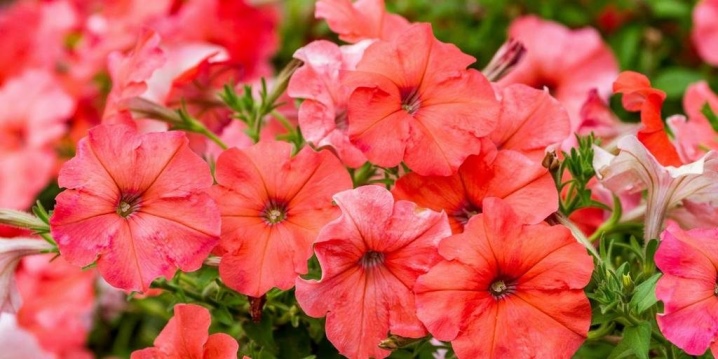
Petunia (Petunia) is a perennial from the Solanaceae family, whose varieties are herbaceous or semi-artisanal plants. It has lush buds that resemble roses. The flower is very capricious: it needs to be watered often, spudded, taken care of the leaves, sprayed - all this needs to be done in order for the plant to bloom. The troubles begin exactly at the moment when the reproduction takes place, since this is not so easy to do.
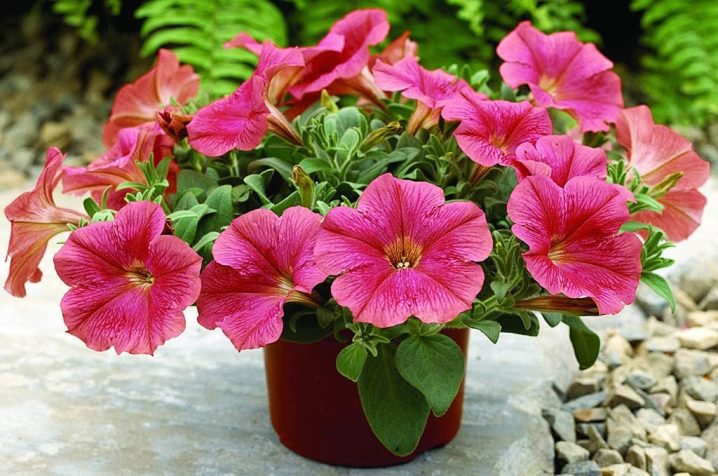
Breeding features
Flower reproduction takes place in three ways.
- The first way - reproduction by seeds. This method is the most difficult, as seeds are expensive, and therefore, after planting them, you should not deviate from the step-by-step instructions. Because, in most cases, they do not emerge or grow and die immediately.

- The second way is seating. Ready-made seedlings are bought, which are transplanted into the ground and admire the beauty of a perennial in a flower pot.
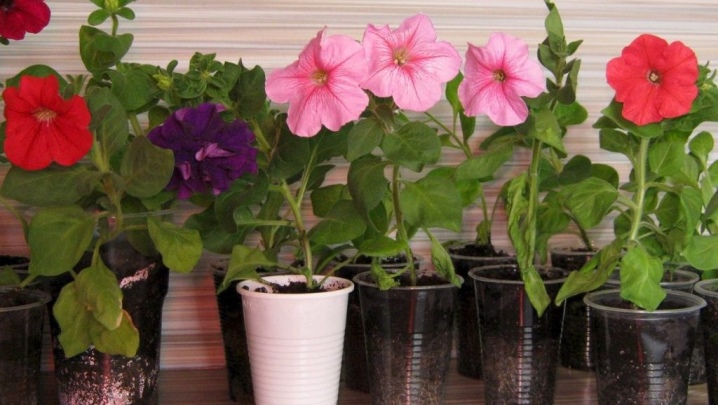
- Third way, the most popular and successful is cuttings. This is the most common cultivation method, which does not require special knowledge and skills. If everything is done according to the mind, then a beautiful petunia will appear in 7-8 days.
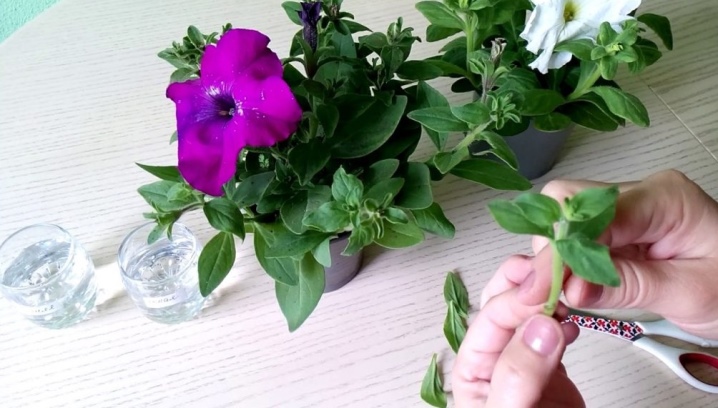
Propagation by cuttings at home
This happens in three stages.
- The stalk is carefully selected - the cut is made from the southern part of the crown of a healthy inflorescence.
- Must be properly trimmed - the cut is made directly under the lower kidney, while not forgetting to leave from two to three cm internodes. It is important to know: a knot is a small area on a branch with a bud, and an internode is the gap between the knots.
- Preparatory stage before landing - the soil is divided into four parts, after which the cutting is cleared of all the leaves from below. If this is not done, then the plant and the cutting will rot.

Cutting petunias at home is suitable for almost any variety; the only variety that does not get along at home is terry. It is grown exclusively in greenhouses under the supervision of specialists. The length of the cutting should be from 10 to 12 cm. In order for the sprout to take root, you need to put it in an opaque vessel, but before that, remove all unnecessary leaves from below.
The water must be settled for at least a day, only after that you can land.
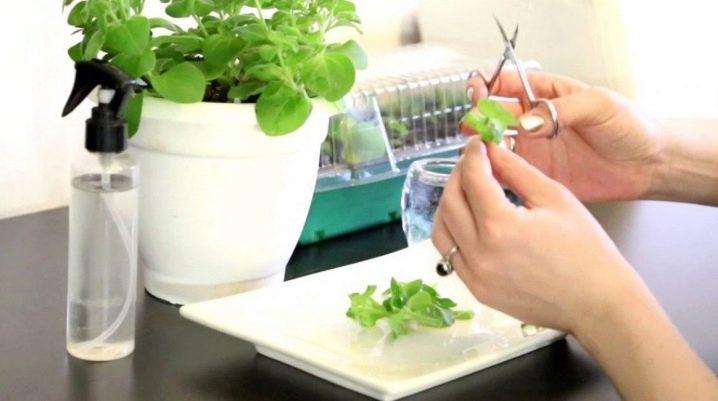
If you want to get a beautiful plant, then you need to adhere to easy rules:
- we cut off the stalk, after which we immediately place it in a vessel - if you delay the planting time, the rooting ability will be unlikely;
- the temperature in the room should not be below +20 and above +24 degrees;
- we water it every day - if the weather is very hot, then up to twice a day;
- it is necessary to create artificial light if the daylight hours are shorter than 10 hours;
- cuttings should be moist not only in the soil, but also be sprayed outside;
- the same primer cannot be reused.
To make a transplant in open ground, you need to wait a week. During this time, fibrous roots are formed.
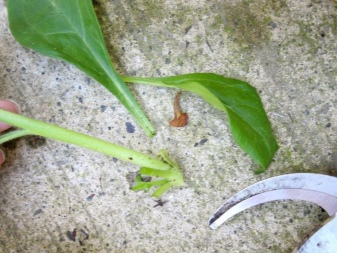
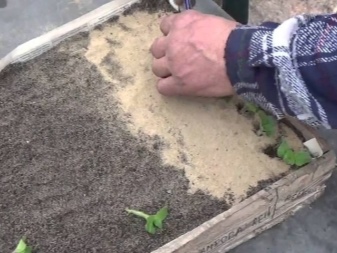
When rooting was done after pruning, you need to pay attention to the leg: if it begins to turn black, then immediately you need to stop watering the plant.
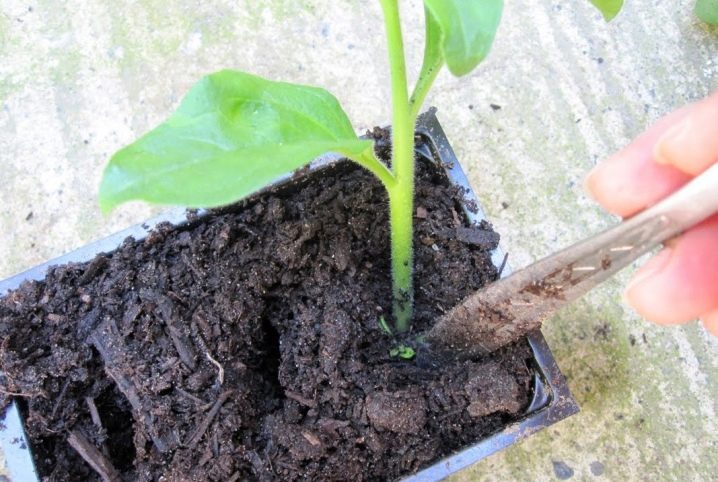
The use of cuttings at different time periods
The optimal time for grafting has not been established. Therefore, you can land regardless of the season.Please note that about two months should pass from the cut to the beginning of flowering, so cuttings are best done in the spring, in March, since the petunia should bloom in May.
The bowl in which the petunia will be planted should be large in volume and size, then the bush will grow lush and healthy; and if you take an ampelous variety, then in this case the processes will be longer.
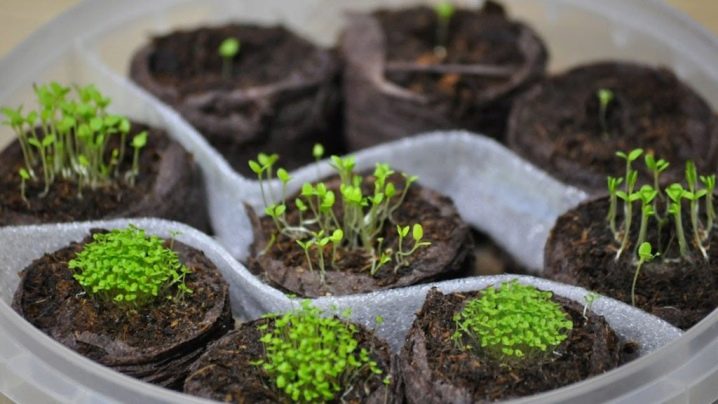
In autumn, cuttings occur at the end of August - beginning of September, but the region of residence must be taken into account. Therefore, we will consider the stages of cuttings during this period.
- Prepare a container, such as a container or flower pot. Purchase useful raw materials for growing - it can be a special ready-made mixture bought in a store, but peat tablets with a volume of 40 to 70 mm are considered the most popular.
- From the main bush, you need to cut off a stem from 4 to 10 cm long.
- Cut off all flowers, if any.
- Remove all the leaves, leaving only 3 at the very top.
- Dilute the root-forming solution in advance and lower the cutting there for a few minutes.
- Now, by 1/3 of the length, you need to immerse the cutting in the ground, while taking into account the intermediate paths, which are approximately 4 to 5 centimeters.
- Water your seedlings.
- To create a greenhouse effect, you need to cover the container with plastic wrap.
- Air the seedlings daily for 20-30 minutes.
- Wait a couple of weeks: new leaves should appear, after which you can transplant the plants into a separate container.
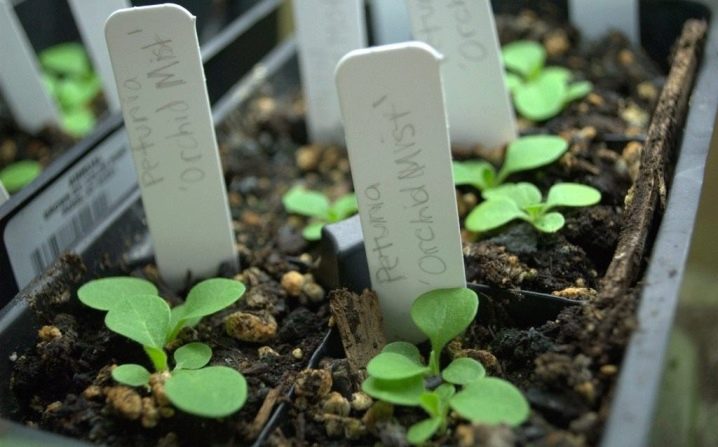
Cutting in winter should be done in such stages.
- Until frost has come, you need to dig up the petunia and bring it into the house. The ideal degree for living at home in winter is at least +16 degrees, but no more. If the degree is below ideal, then the plant will need additional artificial light.
- During this period, petunias need moderate watering.
- At the beginning of January, you need to fertilize our beauty with dressings that contain nitrogen.
- We increase the daylight hours with the help of artificial lighting up to 16 hours.
When the plant turns into a mother bush, you can start grafting. If not water, but soil is used, then you need to place the seedling 1/3 in the pot. You can add stimulating vitamins for growth, but only the hole needs to be made deeper - up to 1.5 cm.

Positive aspects of growing in winter:
- planting material takes root better;
- fast growth;
- long and abundant flowering.
The very first bud should appear in early spring.
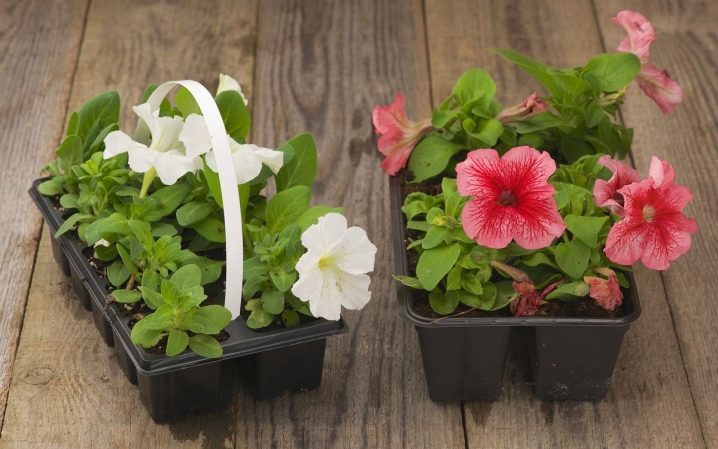
How to properly grow and root flowers after pruning?
Tips from professionals for novice gardeners for the correct petunia growing.
- Choose the right soil correctly, as this is the key to the successful cultivation of a plant such as petunia. It should be light, allow air and moisture to pass through well, be nutritious, that is, enriched with all the necessary vitamins.
- Additionally, illuminate the flower with artificial light as long as the daylight hours are less than 10 hours.
- The container for planting should be spacious, so that after the flowers begin to grow, they have somewhere to "scatter" their inflorescences, since they are very large in petunias.
- Plentiful watering is desirable, however, do not overdo it, because you can ruin the plant, and it will begin to rot.
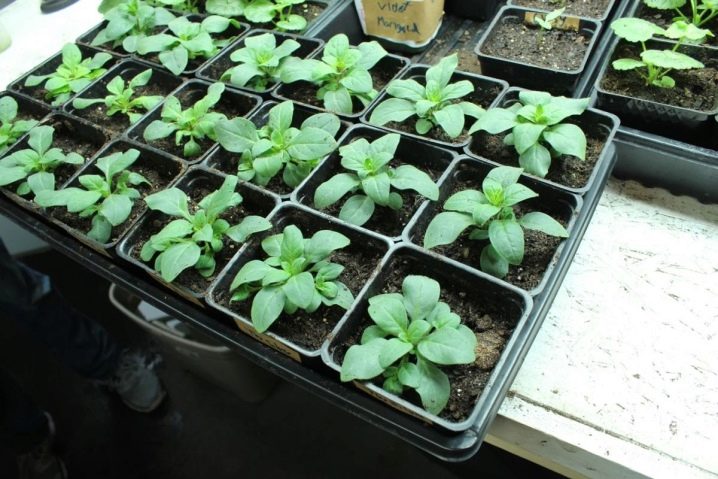
Rooting flowers after pruning can be divided into two ways.
- Rooting a plant in water - you need to cut off a small sprout from the main root, then remove the lower leaves and put them in the light, in water, which has settled for a day. It so happens that there are a lot of cuttings, so it is best to divide them into several dark containers. This is necessary so that the sprouts do not interfere with each other. To rid the flower of rotting, you can throw one tablet of activated carbon into the water.
- Rooting the cuttings in peat - if you wish, you can dilute the peat mixture with perlite so that the sprouts grow faster, but you don't need to do this: they already give roots well and quickly. We clean the cuttings from the lower leaves and plant the sprout in moistened peat, press with soil. You can place the pot under a glass or plastic bag for a greenhouse effect. After these procedures, we wait about 3 weeks and admire the beautiful flowering.
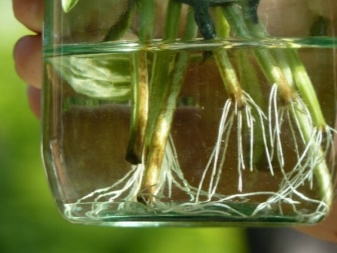
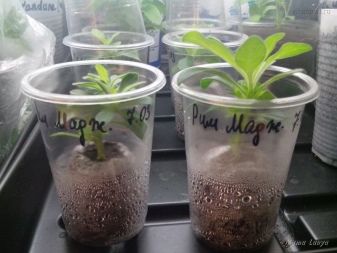
Novice gardeners who want to cultivate petunia on their personal plot should only follow our advice - and then they can get healthy and lush bushes that will delight the eye all summer.
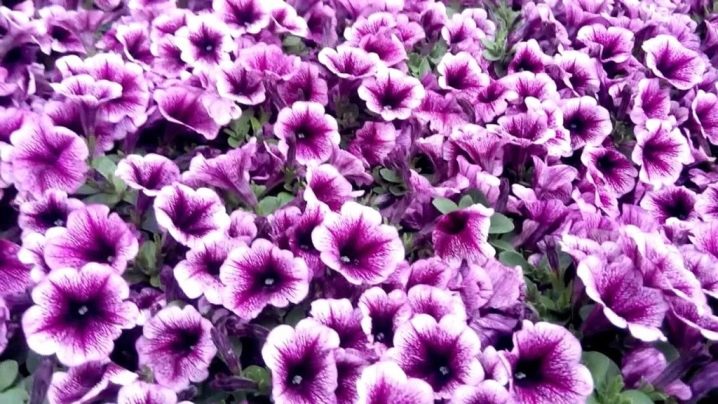
You can see about cuttings in winter in the video below.







































































































The comment was sent successfully.